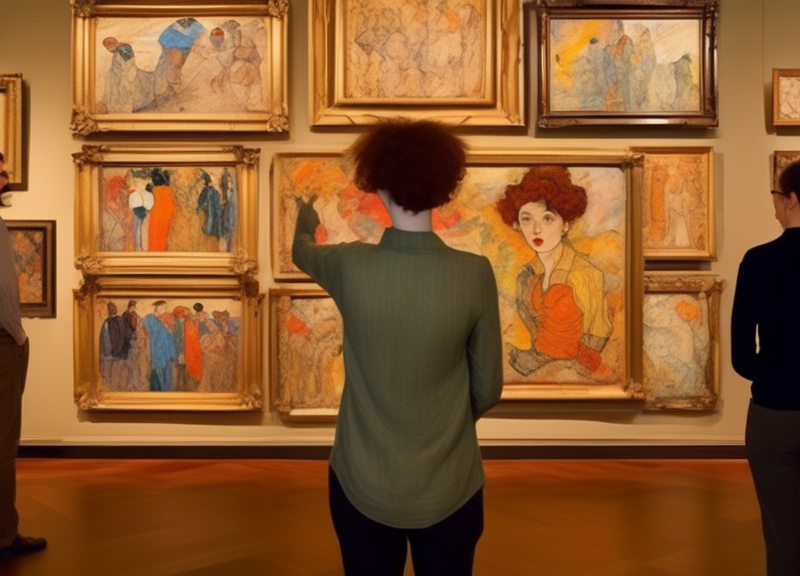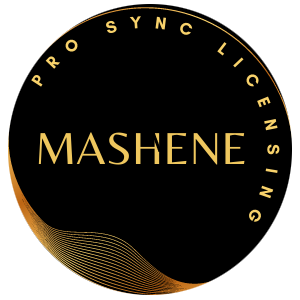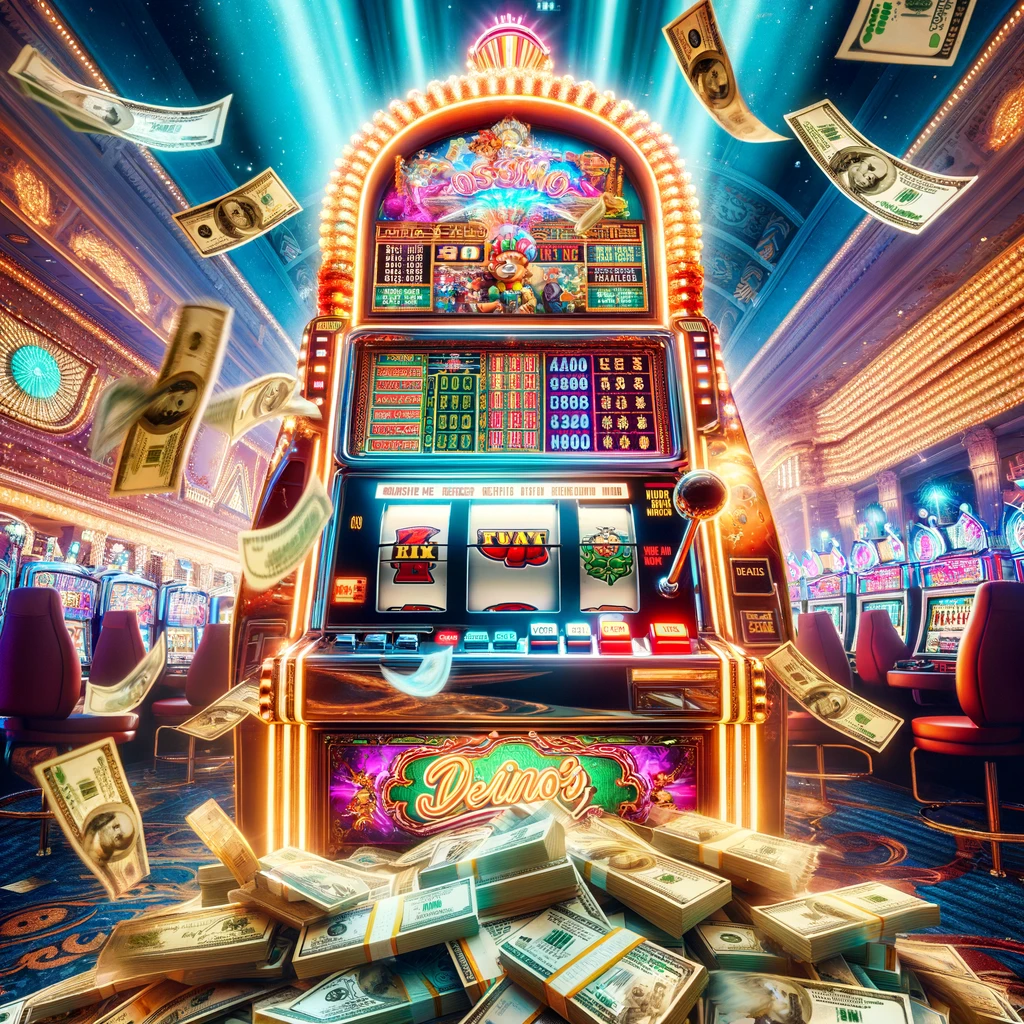
In a significant move towards justice and historical rectification, the 11th artwork by renowned Austrian painter Egon Schiele, which had been confiscated by the Nazis, has been restituted to the heirs of its original owner, Fritz Grünbaum. This development marks an important milestone in the ongoing efforts to return looted art to their rightful owners.
The Artist: Egon Schiele
Egon Schiele was an influential early 20th-century Austrian painter, considered one of the most significant figures in modern art. His work, characterized by its intense expressionism and raw emotion, broke boundaries and established new directions in the art world. Born in 1890, Schiele’s career was tragically short-lived; he died at the age of 28 during the Spanish flu pandemic in 1918. Despite this brief span, his work left a lasting impact.
The Original Owner: Fritz Grünbaum
Fritz Grünbaum was a prominent Austrian Jewish cabaret artist, writer, and art collector. Alongside his contributions to the cultural landscape of Vienna, he amassed a noteworthy collection of artworks, including pieces by Egon Schiele. However, Grünbaum’s life took a tragic turn with the rise of the Nazi regime. He was arrested in 1938 and later died in the Dachau concentration camp in 1941. During his imprisonment, his art collection was seized by the Nazis.
The Restitution Process
The process of restituting Nazi-confiscated art is often complex and arduous. It involves extensive provenance research, legal battles, and thorough historical documentation. In the case of Fritz Grünbaum, his heirs have been engaged in a prolonged effort to recover his lost collection.
The restitution of the 11th Schiele artwork represents not just the return of a valuable piece of art but also an acknowledgment of the injustices suffered by Grünbaum and countless others during the Holocaust. Grünbaum’s heirs, through perseverance and resilience, have been able to reclaim this significant portion of their cultural heritage.
Significance of the Restitution
Restituting art confiscated during the Nazi era holds profound historical and moral significance. It serves as a means of rectifying historical wrongs and honoring the memory of those who suffered under the regime. Each restitution case not only symbolizes a measure of justice but also contributes to the broader narrative of Holocaust remembrance and the fight against the erasure of cultural identity.
The return of the 11th Egon Schiele artwork to the Grünbaum heirs is a testament to the importance of historical justice. It underscores the ongoing need for vigilance and dedication in addressing the lasting impacts of the Holocaust. Moreover, it reaffirms the commitment of the art world and legal institutions to right the wrongs of the past.
Conclusion
As the art world continues to grapple with the legacy of Nazi confiscations, the restitution of artworks like those from Fritz Grünbaum’s collection stands as a beacon of hope and progress. The return of the 11th Egon Schiele artwork to his heirs not only restores a fragment of Grünbaum’s legacy but also strengthens the resolve to pursue justice for all victims of wartime looting. This restitution serves as a powerful reminder of the importance of remembering history and ensuring that the atrocities of the past are never forgotten.









